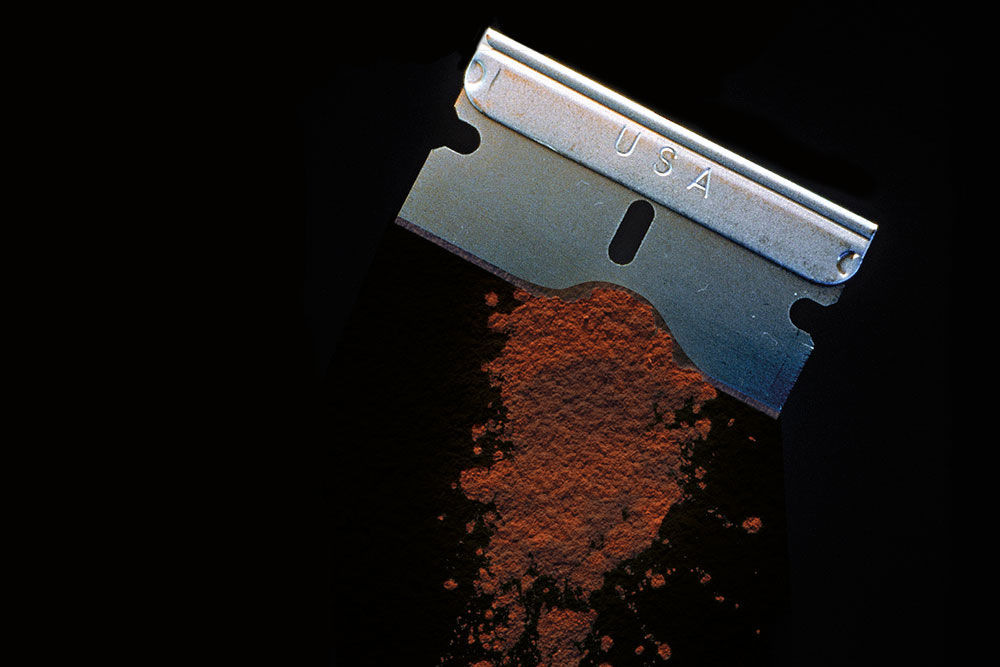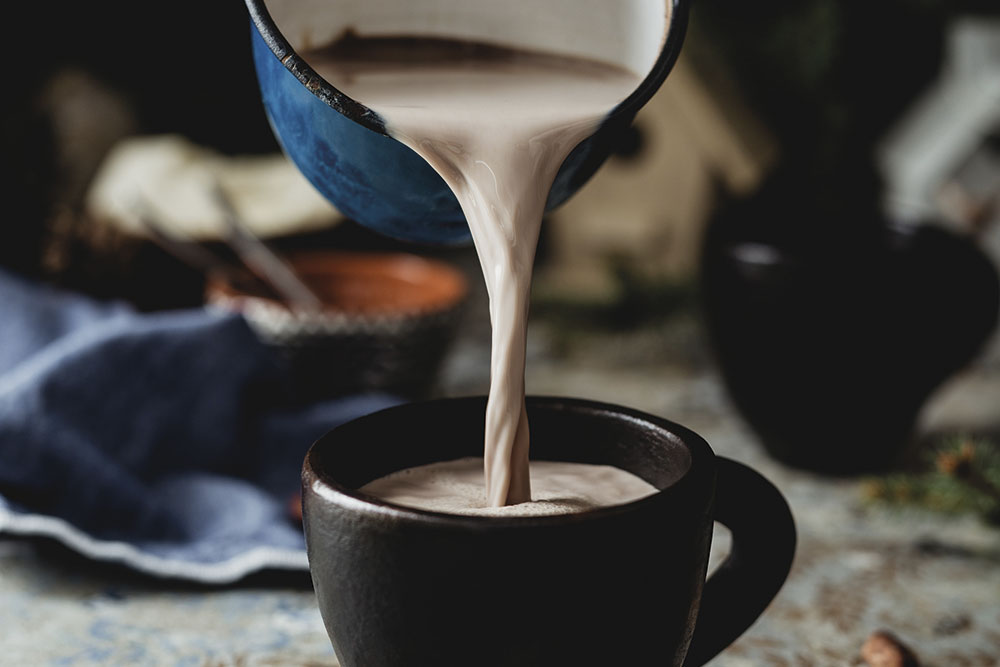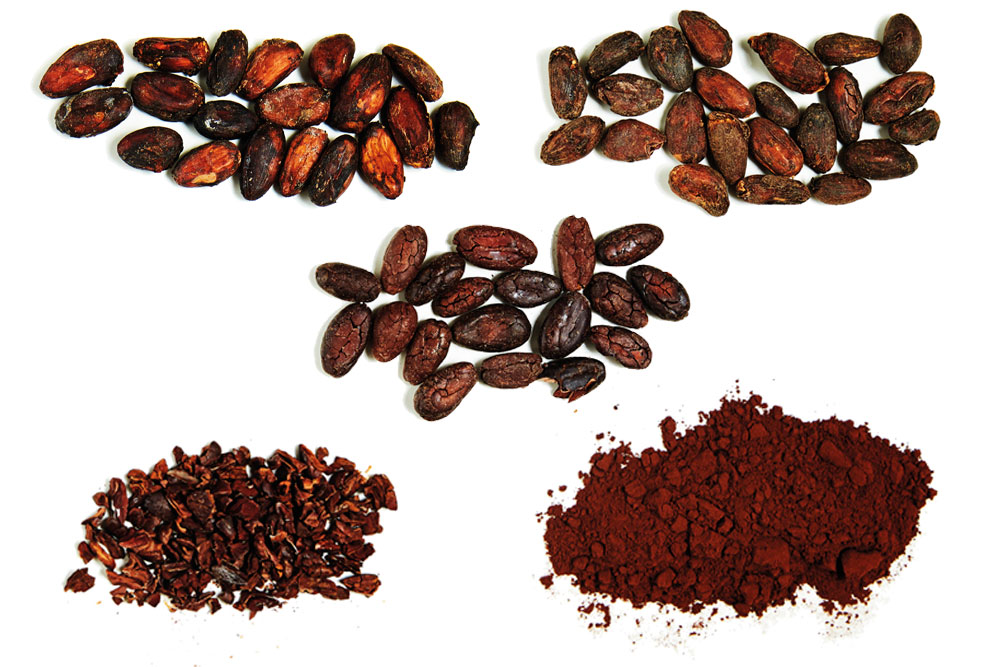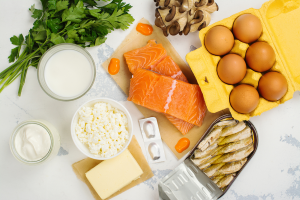Is cacao the new cocaine?

For some time now, there has been talk about the health benefits of raw chocolate, or cacao. Initially, the idea that a rawified version of everyone’s favourite, indulgent treat could be very good for you seemed too good to be true. But the science is sound. Made by cold-pressing unroasted cocoa beans to remove any fat without killing the living enzymes, this Amazonian superfood contains a staggering amount of antioxidants (over 40 times more than blueberries) that can help with everything from reducing heart disease to boosting immunity levels, and can also be used to enhance one’s mood.
It is the latter attribute that has – if a smattering of newspaper reports earlier this year are to be believed – led to swathes of European club-goers ditching illegal substances like cocaine and MDMA (or MCat, or whatever the kids call it) and instead snorting cacao. Celebrated Belgian chocolatier Dominique Persoone – whose shop is called The Chocolate Line – has even gone as far as designing and selling a chocolate shooter to assist with inhalation. (Even more amusingly, he first introduced the device at a 2008 Rolling Stones party.)
LUCID THOUGHTS
On closer inspection, though, these reports are a little disingenuous. The events at which this phenomenon is supposedly occurring are mostly ‘nights’ – or more accurately afternoons-into-early-evenings – such as Berlin’s Lucid: a dance party that doesn’t serve alcohol and focuses on togetherness through positivity and healthiness, not debauchery. Also, having tried sniffing some high-grade cacao powder myself – before a dinner with friends – it was not comparable to the kind of thunderous, sense-assaulting chemical high that could potentially power a ’til-sunrise rave session. I didn’t tell my dining companions I had taken anything until the next day, and they all said they could not tell I had (an unlikely scenario had I turned up full of cacao’s less legal equivalents). Bottom line: budding Walter Whites do not need to be worried as of yet. But that is not to say it did nothing – far from it. Studies show cacao to contain compounds like phenylethylamine – or PEA – which triggers the release of endorphins and neurochemicals not dissimilar to those that result from the ingestion of opium, and which are released naturally by the brain during sex.
In truth, it was a ‘cacao ceremony’ I attended on an afternoon just previous to my dinner excursion that was – more so than the news reports – enough to convince me that there may be something in the idea of cacao as a recreational substance.
‘If you feel lost, in need of some guidance in any area of your life, need to make some important decisions or want to become clearer about who you are, join me,’ said event host and kundalini yoga teacher Natalie Fishwick’s website (nataliefishwick.co.uk). ‘It is also great
for clearing out any negative energy in the body/mind.’
FOOD OF THE GODS
Taking place on a Saturday afternoon in Forest Hill, the event began with some light kundalini yoga, then progressed to tarot cards. It culminated with everyone drinking a ‘ceremonial grade and dose’ of cacao dissolved in hot water – which tastes very bitter, and sadly nothing like hot chocolate – before lying down with eye masks on for a ‘guided visualisation’ soundtracked by sacred drumming. And what occurred next was not normal.
My thoughts were going to places that they otherwise wouldn’t, and the experience brought back lots of pleasant visions of my younger days. All those in attendance – including someone who had used cacao before as a substitute for party drugs like MDMA – discussed their experiences afterwards, and reported similar transportative effects.
Cacao has a long history of this. The Mayans of Central America discovered cocoa as far back as 900AD, and called it ‘the food of the Gods’, while the Aztecs believed wisdom and power came from eating the fruit of the cocoa tree. Cacao was drunk at spiritual ceremonies and considered an agent for enlightenment.
The ceremony lasted a little over three hours, but we were warned the next few nights’ sleep might be interesting. I had vivid, strange dreams, which were not unpleasant nor normal (they again involved scenarios from my childhood, now played out with a strong element of the fantastical). Balance editor, Sophie, also came to the ceremony and she, too, said her next two nights’ sleep were far from what they usually would be.
For shifting human consciousness then, cacao definitely does something: something unquantifiable and something unique. You wouldn’t classify it as ‘a high’, yet for those after something midway between a high and the transcendent state of meditation, it is worth investigating.
IN DEMAND
There’s an increased number of cacao food products on the market than ever before. In fact, average year-on-year demand growth has been just over 3% since 2008.
THE FIVE BIGGEST HEALTH BENEFITS OF CACAO
PROTECTING THE HEART
Cacao has one of the highest concentrations of magnesium of any natural food source which, as well as being important for a healthy heart and low blood pressure, is also a key weapon in warding off fatigue.
STRENGTHENING THE BONES
The calcium content in cacao is higher than that of cows’ milk, meaning that it is great for maintaining strong bones, as well as being highly beneficial to muscles and nerves.
GETTING IRON
Of particular interest to those with a plant-based or vegan diet is the fact that cacao is very high in iron, with 7.3mg per 100g (for comparison, spinach has 3.6mg).
LOOKING BETTER
Polyphenol antioxidants found in cacao can help prevent cells from premature oxidation, leading to better- looking skin, hair and nails.
GETTING HAPPY
As well as the aforementioned phenylethylamine, cacao contains serotonin, dopamine and anandamide – all chemicals directly associated with feeling good.













